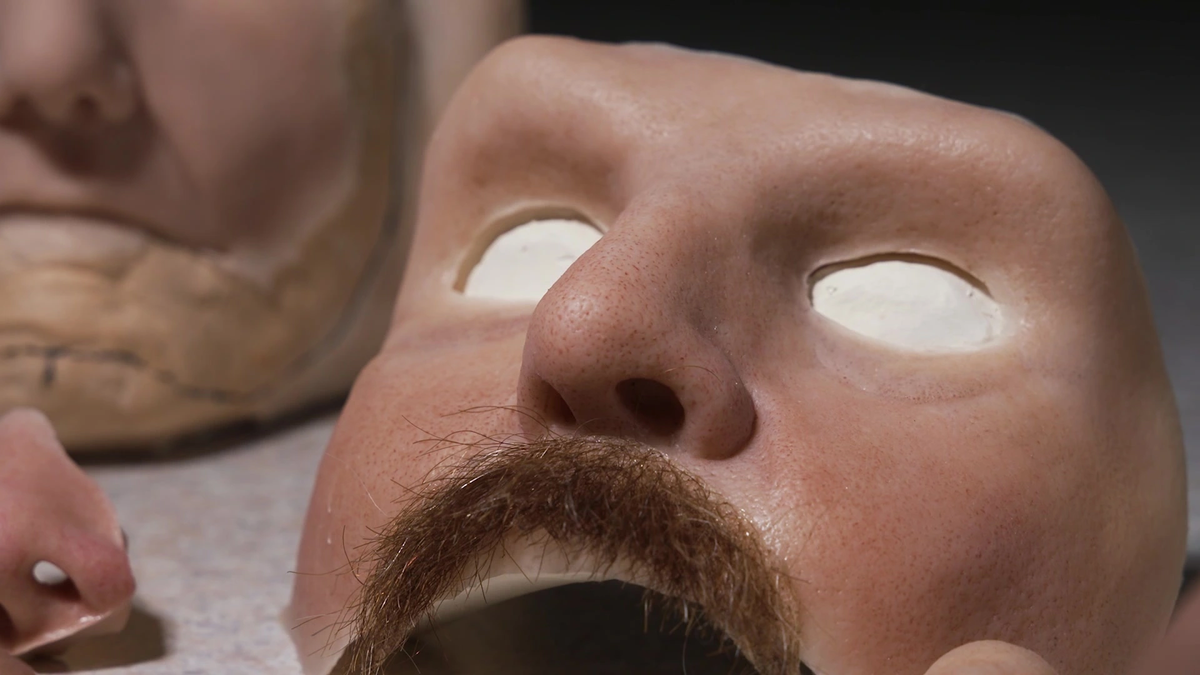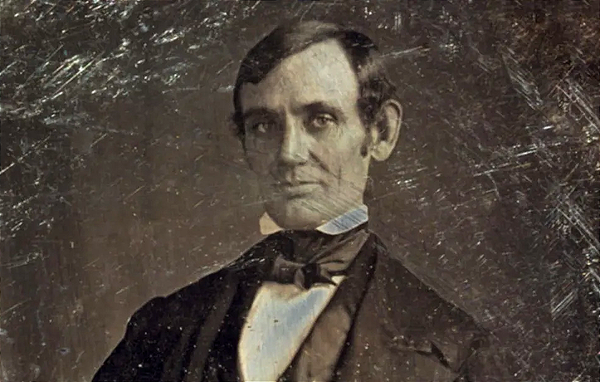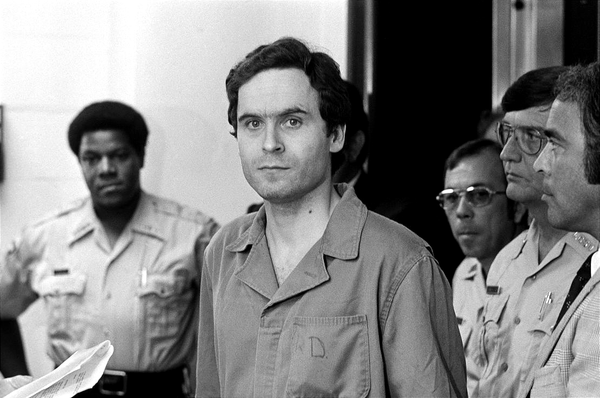Former master of disguise helps disfigured people

It looks like there are body parts everywhere. That’s how Steve Butler knows he has come to the right place. There are at least three noses on the counter. There’s a stack of eyes, and a box full of ears and fingers. In the corner, there’s the lower half of a man’s face, complete with a moustache. “It’s like something out of a movie,” Steve says, as he looks around. Barron’s modest Virginia office downplay the miracle of his work. When people walk through the door, they’re often desperate. Some have told him they are suicidal. By the time they leave, their physical differences are practically invisible to the outside world.
Why frogs survived the asteroid that wiped out the dinosaurs
No creature could have prepared for the disaster. When an asteroid struck the Earth 66 million years ago, the world was shaken up as earthquakes reverberated out from the impact site and falling debris from the collision heated the air to the equivalent of an oven on broil. Three years of “impact winter” followed; temperatures plummeted, and photosynthesis nearly ceased. The end-Cretaceous mass extinction wiped out roughly 75 percent of known fossil species virtually overnight. Not only did all the non-bird dinosaurs go extinct, but mass extinctions also decimated lizards and mammals. But frogs fared better than average.

DNA research shows ancient Britain was more diverse than we imagined
When you imagine life in ancient Britain, you’d be forgiven for picturing quaint villages where everyone looked and spoke the same way. But a recent study could change the way historians think about early medieval communities. Most of what we know about English history after the fall of the Roman Empire is limited to archaeological finds. There are only two contemporary accounts of this post Roman period. Gildas (sixth century) and Bede (eighth century) were both monks who give narrow descriptions. But a new study changes that. It analysed DNA from the remains of 460 people from sites across northern Europe and found evidence of mass migration from Europe to England and movement of people from as far away as West Africa.

Can this man stop lying? He hopes so
Christopher Massimine is trying not to lie. He’s trying not to lie when his wife asks him whether he has sorted the recycling, or when his mother-in-law’s friend Mary Ann asks whether he liked the baked appetizers she brought over. He’s trying not to lie to his therapist, who has him on a regimen of cognitive behavioral therapy to help him stop lying. And he’s trying not to lie to a reporter who has come to interview him about how a lifetime of lying caught up with him. This effort began around 15 months ago, when Mr. Massimine resigned from his job after a local journalist reported that he had embellished his résumé with untrue claims.

How centuries-old whaling logs are filling gaps in our climate knowledge
Logbooks, like the nearly 200-page document kept aboard the Eunice H. Adams, served as legal reports, necessary for insurance claims, which meant log keepers kept exhaustive records of the crew’s day-to-day exploits. They tracked the ship’s location, other vessels encountered, and both weather and sea conditions along the routes they sailed. But they also kept clues for the future: Stored within the pages of the 18th and 19th-century whaling logbooks is a cache of ancient weather records. “These historical data collection efforts help us extend back the historical record so we can better see what changes might be ‘natural,’ and which we might be driving due to human influence.”

Inside the strange new world of being a deepfake actor
In 2019, two multimedia artists, Francesca Panetta and Halsey Burgund, set about to pursue a provocative idea. Deepfake video and audio had been advancing in parallel but had yet to be integrated into a complete experience. Could they do it in a way that demonstrated the technology’s full potential while educating people about how it could be abused? To bring the experiment to life, they chose an equally provocative subject: they would create an alternative history of the 1969 Apollo moon landing. Before the launch, US president Richard Nixon’s speechwriters had prepared two versions of his national address—one designated “In Event of Moon Disaster,” in case things didn’t go as planned. The real Nixon, fortunately, never had to deliver it. But a deepfake Nixon could.

Otters trying to watch a butterfly
Otters see a butterfly.pic.twitter.com/p9WGWS0sjK
— Fascinating (@fasc1nate) December 5, 2022



